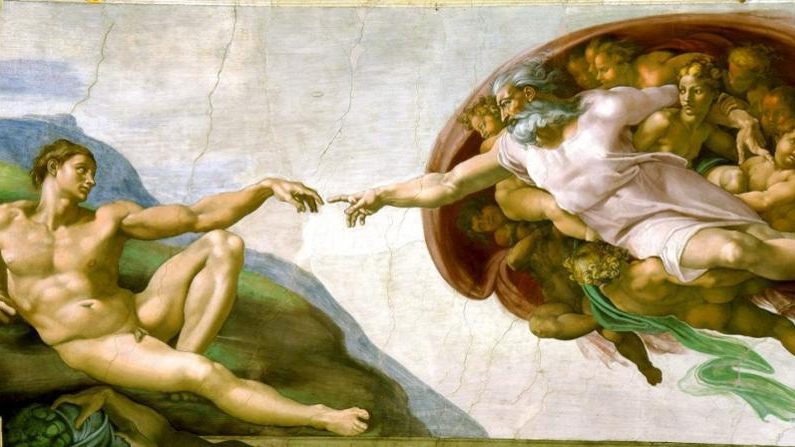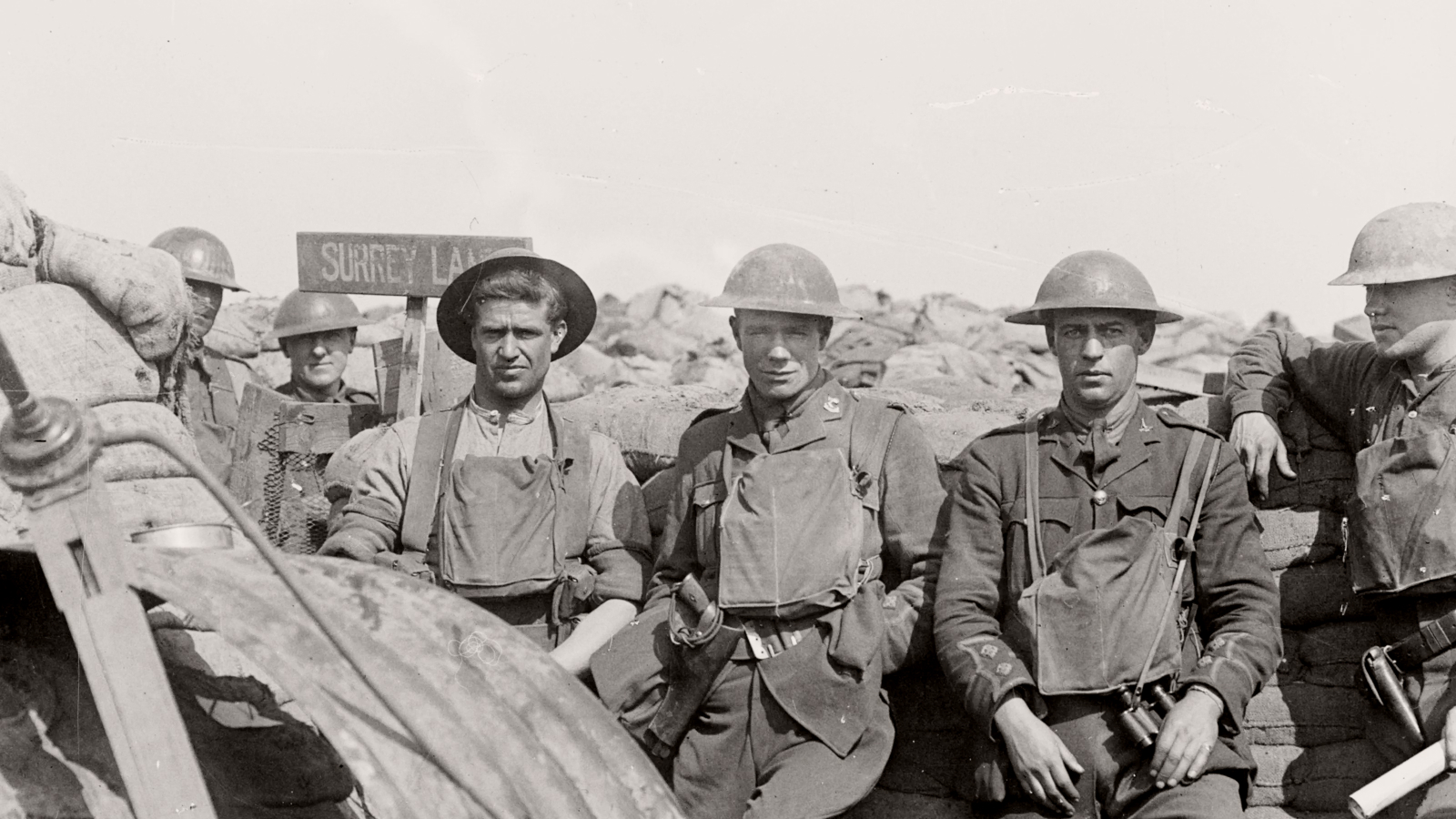Since he first began doodling with crayons on yellow X-ray paper, illustrator David Small has loved art. But it wasn’t his first career choice.
Question: When did you first start drawing and writing?
rnDavid Small: I began drawing probably when I was—around the same time everybody else puts a mark on a piece of paper with a crayon—when I was two, probably. The difference between me and everybody else is, I kept doing it for the rest of my life; there was something very satisfying about that. And I also got a lot of praise for it from my mother and her friends and so on, because this was the early '50s and, you know, that was before the days of TV, before the days of women in the workforce. And anything that distracted a child and took him off in a safe way and out of the mother's hands was praiseworthy. And that's what drawing, I'm sure—you know, my mother thought it was just great that I would draw endlessly for hours. And my dad actually furnished my first art materials straight out of the X-ray department of hospital where he worked. The first drawing paper I ever worked on were these enormous sheets of yellow paper from the Kodak Company that used to come wrapped around X-ray films. Instead of throwing that stuff away every week, they started boxing it up for David. And they'd bring it home. On Friday nights my dad would come home with a new box of yellow X-ray paper, and I'd get out my crayons and draw on the living room floor, just endlessly. But I never wanted to be an artist.
rnI wanted—when I started thinking about a career in the arts, it was more literature, or for a while it was acting. I don't know if I ever would have developed into a good actor, but that got completely scotched when I lost my vocal cord at 14 in that operation. But writing always—writing plays, writing, writing, writing, that was what I wanted to do. And I actually had some plays put on in Detroit when I was 17—that was back in the '60s, when there was all kinds of experimental theaters popping up everywhere, and Detroit was no different from any other cultural center; they had little professional theaters in storefronts and so on. And my plays were picked by one of them to be put on, and then the university put on another one. And then a friend of mine one night—he was a really wonderful photographer, so I listened to his opinion—he came to me and he did me the favor of telling me the truth, which is very hard. He had to get a little drunk to do it, but he said, David, I've got to tell you man: I've been your roommate for two years; I've watched you writing away every day, and I've seen all your plays put on, and you've let me read all of these things. And quite frankly, I don't know why you're not studying art, because the little doodles that you make on the pad by the phone are so much better than anything you ever wrote, and they just seem to flow from you so much more naturally and easily. I think that's what you should be doing. And I was furious with him for, you know, a couple of hours. But then I began to realize that this huge weight had been lifted off my neck; that I didn't have to pretend that I was a writer any more, because it wasn't—there was the—I wasn't a writer. The hardest thing I'd ever done was try to write plays, or to finish them. It was a real feat, and it left me exhausted, not exhilarated. But art—I had never thought of that as a career because it was like something I did so naturally, and it was fluid, and it is. And even though I still admire literature as the superior art form, I have to admit that art, for me, that's it; that's what I'm good at, and that's what I should be concentrating on.
rnQuestion: Which particular artists inspired you?
rnDavid Small: It would have been the artist of the month, you know. When I was your age, I was just letting myself be totally immersed in first Daumier; Lautrec I loved. You know, both guys have things in common; not just that they're French, but that their drawings are filled with life. And then later on I came to appreciate Degas, whose drawings are very measured and very exacting, and yet still have this feeling of life coming out of them. And Egon Schiele. But I also liked the expressionists; I loved some of Kokoschka's stuff. And Rembrandt; above all, I think, Rembrandt. His drawings; not so much the paintings, but those wonderful loose brush drawings that were obviously done very quickly and with so much knowledge of anatomy and structure underneath them—but just in a few lines, just dashed off, the whole scene, the whole expression of the body there. And then—you know, that plus studying anatomy when I got into college. Things like anatomy and drawing and design and color had pretty much been drop-kicked out of the curriculum in the '70s, when I was studying art, in favor of abstraction and minimalism. You know, people had basically thrown up their hands with storytelling in art in those days, and said art is pointless, so let's just make it a skin of paint on the canvas and do that in a pretty way. And here I wanted to learn to draw the figure from any angle and any position, from memory. And so I studied that and, thank God, found a few teachers who were still interested in teaching it, both at Wayne State in Detroit, where I did my undergraduate work, and at Yale in the grad school there. But then later on, as a teacher I taught anatomy; I chose to teach anatomy, which nobody wanted to study. But I wanted to teach it because (a) I was enthusiastic about it, and I knew that I could make some kids interested in it, and I did; but (b) I wanted to learn more about it, and you know, so I was always a couple steps ahead of my class. And it was good, it was worthwhile.
Recorded on November 18, 2009
Interviewed by Austin Allen





